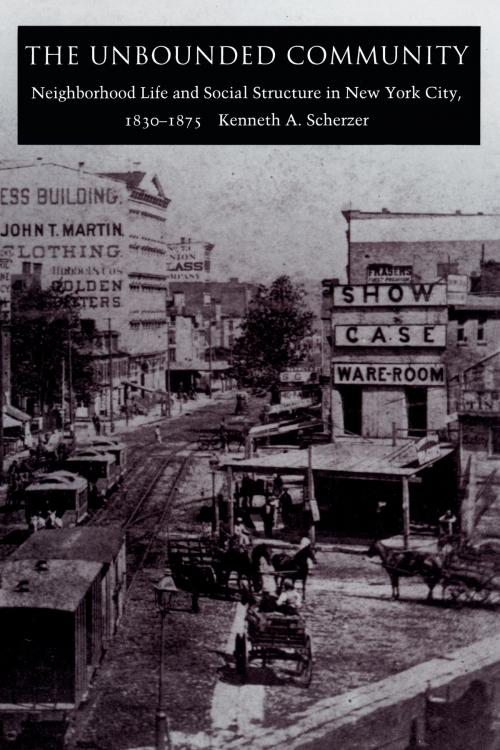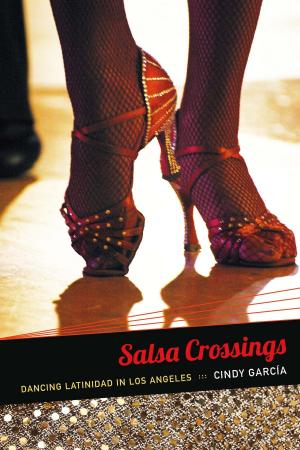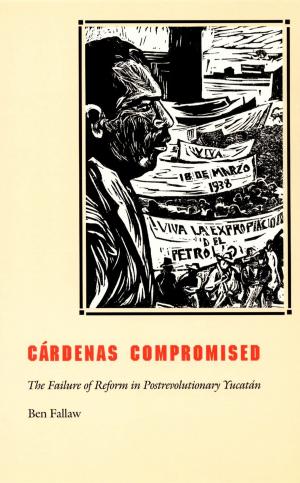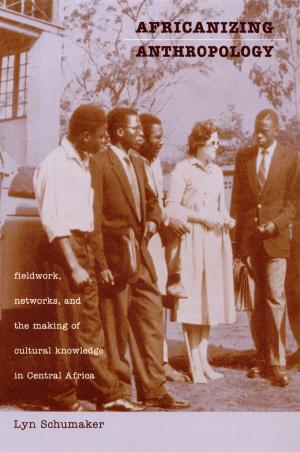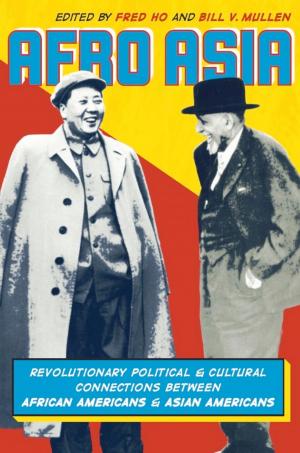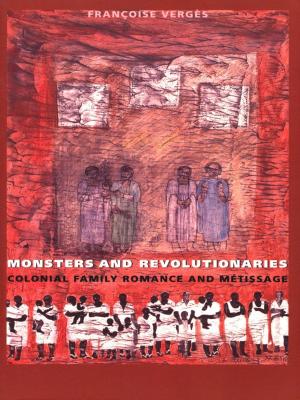The Unbounded Community
Neighborhood Life and Social Structure in New York City, 1830–1875
Nonfiction, Social & Cultural Studies, Social Science, Sociology, Urban, History, Americas, United States, 19th Century| Author: | Kenneth A. Scherzer | ISBN: | 9780822398752 |
| Publisher: | Duke University Press | Publication: | December 1, 2014 |
| Imprint: | Duke University Press Books | Language: | English |
| Author: | Kenneth A. Scherzer |
| ISBN: | 9780822398752 |
| Publisher: | Duke University Press |
| Publication: | December 1, 2014 |
| Imprint: | Duke University Press Books |
| Language: | English |
Stick ball, stoop sitting, pickle barrel colloquys: The neighborhood occupies a warm place in our cultural memory—a place that Kenneth A. Scherzer contends may have more to do with ideology and nostalgia than with historical accuracy. In this remarkably detailed analysis of neighborhood life in New York City between 1830 and 1875, Scherzer gives the neighborhood its due as a complex, richly textured social phenomenon and helps to clarify its role in the evolution of cities.
After a critical examination of recent historical renderings of neighborhood life, Scherzer focuses on the ecological, symbolic, and social aspects of nineteenth-century community life in New York City. Employing a wide array of sources, from census reports and church records to police blotters and brothel guides, he documents the complex composition of neighborhoods that defy simple categorization by class or ethnicity. From his account, the New York City neighborhood emerges as a community in flux, born out of the chaos of May Day, the traditional moving day. The fluid geography and heterogeneity of these neighborhoods kept most city residents from developing strong local attachments. Scherzer shows how such weak spatial consciousness, along with the fast pace of residential change, diminished the community function of the neighborhood. New Yorkers, he suggests, relied instead upon the "unbounded community," a collection of friends and social relations that extended throughout the city.
With pointed argument and weighty evidence, The Unbounded Community replaces the neighborhood of nostalgia with a broader, multifaceted conception of community life. Depicting the neighborhood in its full scope and diversity, the book will enhance future forays into urban history.
Stick ball, stoop sitting, pickle barrel colloquys: The neighborhood occupies a warm place in our cultural memory—a place that Kenneth A. Scherzer contends may have more to do with ideology and nostalgia than with historical accuracy. In this remarkably detailed analysis of neighborhood life in New York City between 1830 and 1875, Scherzer gives the neighborhood its due as a complex, richly textured social phenomenon and helps to clarify its role in the evolution of cities.
After a critical examination of recent historical renderings of neighborhood life, Scherzer focuses on the ecological, symbolic, and social aspects of nineteenth-century community life in New York City. Employing a wide array of sources, from census reports and church records to police blotters and brothel guides, he documents the complex composition of neighborhoods that defy simple categorization by class or ethnicity. From his account, the New York City neighborhood emerges as a community in flux, born out of the chaos of May Day, the traditional moving day. The fluid geography and heterogeneity of these neighborhoods kept most city residents from developing strong local attachments. Scherzer shows how such weak spatial consciousness, along with the fast pace of residential change, diminished the community function of the neighborhood. New Yorkers, he suggests, relied instead upon the "unbounded community," a collection of friends and social relations that extended throughout the city.
With pointed argument and weighty evidence, The Unbounded Community replaces the neighborhood of nostalgia with a broader, multifaceted conception of community life. Depicting the neighborhood in its full scope and diversity, the book will enhance future forays into urban history.
